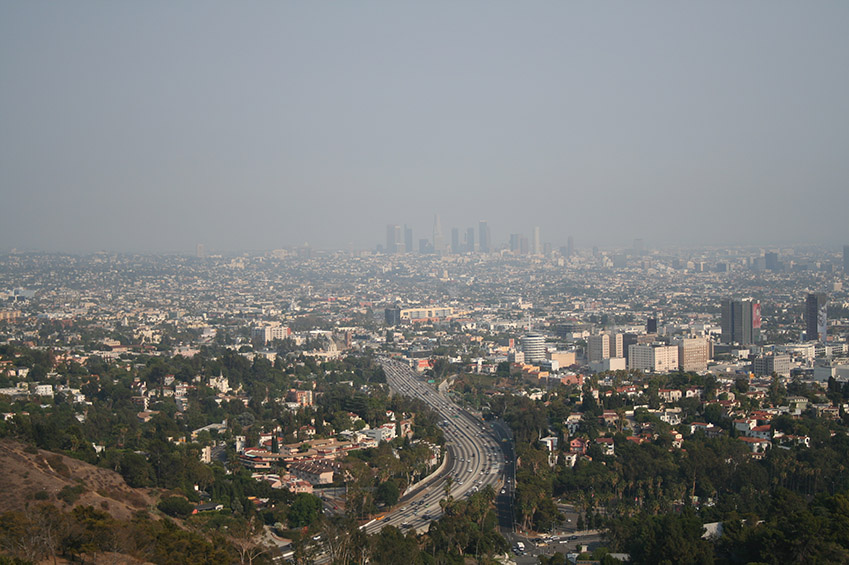The NIEHS/EPA Children’s Environmental Health and Disease Prevention Research Centers, or Children’s Centers, study how complex interactions between the environment, genetics, and other factors affect children’s health. In addition to scientific studies, each center collaborates with various community partners and organizations to inform, advance, and disseminate information for public health protection.
By combining scientific research and community engagement, the Children’s Centers have developed a national network of researchers, health care professionals, and community-based groups. This network is addressing how exposure to environmental toxicants and living in unhealthy environments may contribute to a wide range of adverse health outcomes.
-

NIEHS/EPA Children's Environmental Health and Disease Prevention Research Centers Impact Report
Protecting Children's Health Where They Live, Learn, and Play -

About the Children’s Centers
Access more information about the Children’s Centers, program contacts, and related links. -

Center Grantees
Learn more about the ongoing research of current grantees and where they are located. -

Community Outreach and Engagement
Learn more about the community outreach, engagement, and translation efforts of current grantees.
News and Highlights

Center Research Leads to New Regulation on Arsenic in Public Water
New Hampshire Governor Chris Sununu signed a bill into law that decreases the state’s acceptable level of arsenic in public water from 10 parts per billion to 5 parts per billion. This new regulation is a result of longstanding and collaborative research efforts from the Children’s Environmental Health and Disease Prevention Research Center at Dartmouth and the Dartmouth Toxic Metals Superfund Research Program. “It is a great example of partnership between good science and good policy,” said Community Outreach and Translation Core Director Carolyn Murray, M.D., in an interview with NBC 5 News.

Controlled Fires May Have Less Impact on Children’s Health Than Wildfires
Led by Kari Nadeau, M.D., Ph.D., UC Berkeley/Stanford Children’s Environmental Health Center, researchers found that children in northern California were exposed to higher levels of air pollutants from wildfires than children in the same area exposed to similar-sized controlled fires. The researchers also found that children exposed to wildfires had lower levels of immune cells in their blood and reported worse asthma symptoms compared to children exposed to controlled fires. Controlled fires are low-intensity and decrease the build-up of vegetation which acts as fuel for wildfires.

Study Shows Clean Air Taxi Legislation Improves Air Quality in NYC
A collaborative study between researchers from the Columbia Center for Children’s Environmental Health and Drexel University found New York City’s Clean Air Taxi rules helped reduce air pollution in Manhattan neighborhoods. As a result of the rules, nitrous oxide and particulate exhaust emissions and concentrations in the air decreased. Cleaner city air could reduce the likelihood of children developing asthma and other health issues.

Study Shows Improved Air Quality in LA is Linked to Fewer Cases of Childhood Asthma
Researchers at the University of Southern California Children’s Environmental Health Center found that reduced air pollution in Los Angeles correlates to a 20% drop in new asthma cases in children. The study used data collected as part of the USC Children’s Health Study, which has followed children in Southern California over two decades, along with air quality trends in the region. The study shows health benefits to cleaning up air pollution in a smog-prone area like Los Angeles.
Funding and Events
- NIH Office of Dietary Supplements
- NIEHS Children’s Health Exposure Analysis Resource (CHEAR) program
- Register for the NIEHS/EPA 2018 Children's Environmental Health Centers Annual Meeting & Social Media Workshop, October 22 – 23, 2018 in Research Triangle Park, North Carolina
- December 2016 EHS FEST in Durham, North Carolina
to Top


